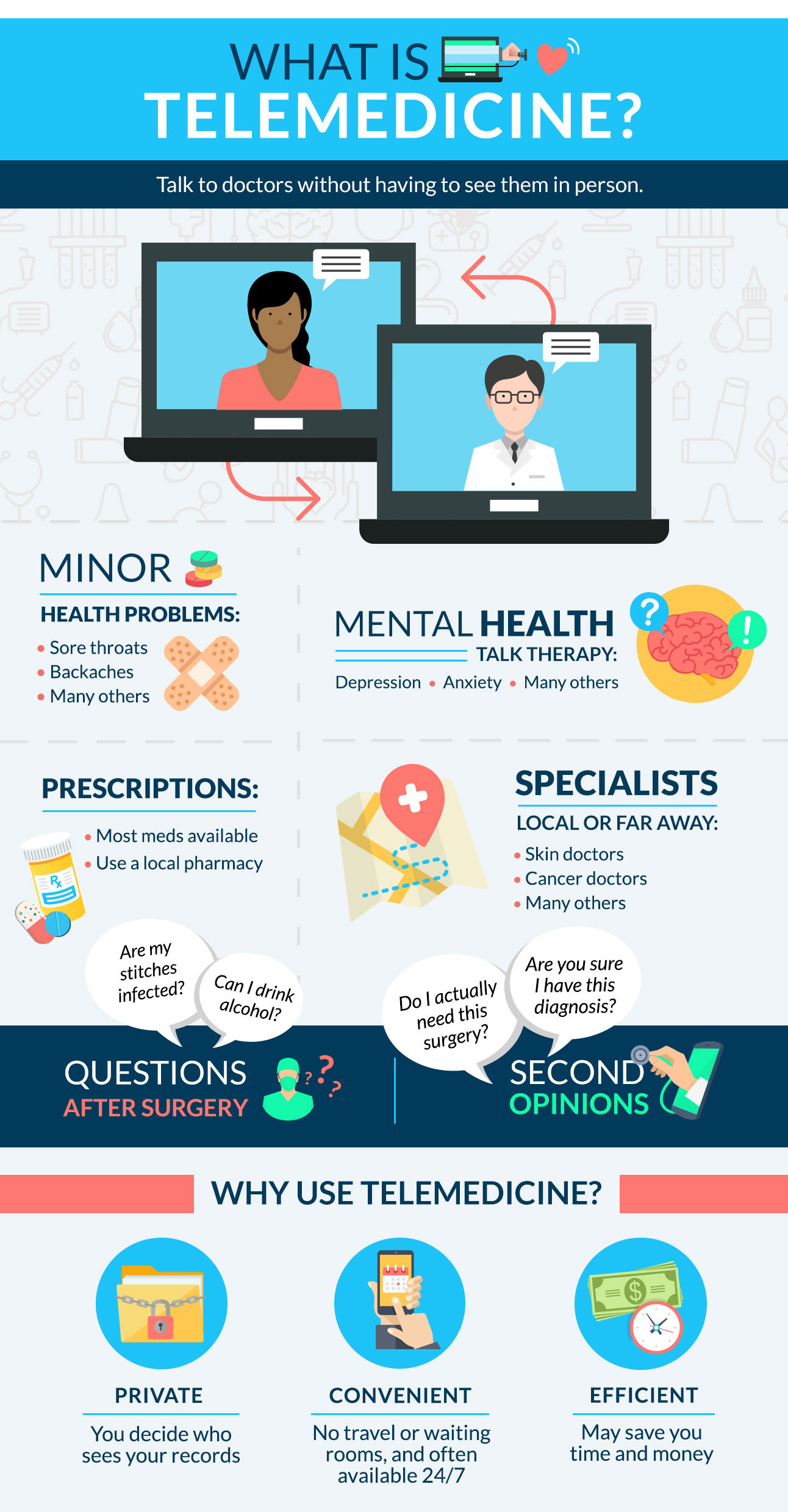Countless employers – an estimated 80% of large US employers – offer wellness programs for their employees. In fact, wellness programs are often touted as key employee benefits. The goals are simple: make employees healthier and health care costs will be reduced.
But new research questions if wellness programs actually do reduce health care costs. Research published in the Journal of the American Medical Association on April 19 was jointly conducted by Harvard and the University of Chicago.
The researchers randomly offered different wellness programs at various work sites and then tracked the results. Specifically, they offered new wellness programs at randomly selected locations of BJ’s Wholesale Clubs. Those results were compared to existing programs at other locations to identify any changes in individual behavior as well as any changes in the corporate culture.
The results showed some demonstrated behavior changes but little effect on other outcomes.
Behavior Changes Recorded at Sites Offering Wellness Programs:
- 8.3% higher rate of employees self-reporting engaging in regular exercise
- 13.6% higher rate of employees self-reporting managing their weight
Outcomes Showing No Significant Impacts Included:
- Self-reported quality of sleep
- Job performance and absenteeism
- 10 specific clinical health markers
Researchers noted that the field of studying wellness programs is still relatively new. Others have commented that 18 months might not be enough time to effectively measure the success/impact of wellness programs. Might it not take decades?
One of the coauthors of the study, Zirui Song, an assistant professor of health care policy and medicine at Harvard Medical School’s Blavatnik Institute, stated her summary.
“As we grow to understand how best to encourage healthy behavior, it may be that workplace wellness programs will play an important role in improving health and lowering the cost of health care,” Song said. “For now, however, we should remain cautious about our expectations from such interventions. Rigorous research to measure the effects of such programs can help make sure we’re spending society’s health and wellness dollars in the most effective way.”
One missing variable is the role that education plays. Would behavior change absent of an increase in health literacy even be sustainable? Conversely, if employees better understand their personal health – how to properly use an asthma inhaler, for example – would behavior change persist longer?
We’ll be fielding these questions to several health literacy experts so check back for their responses.





